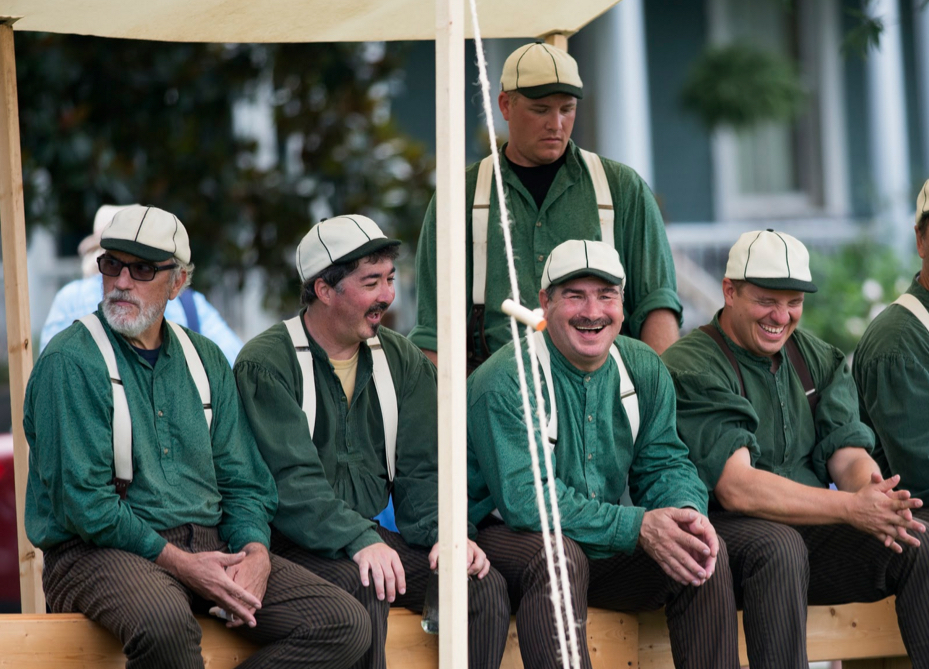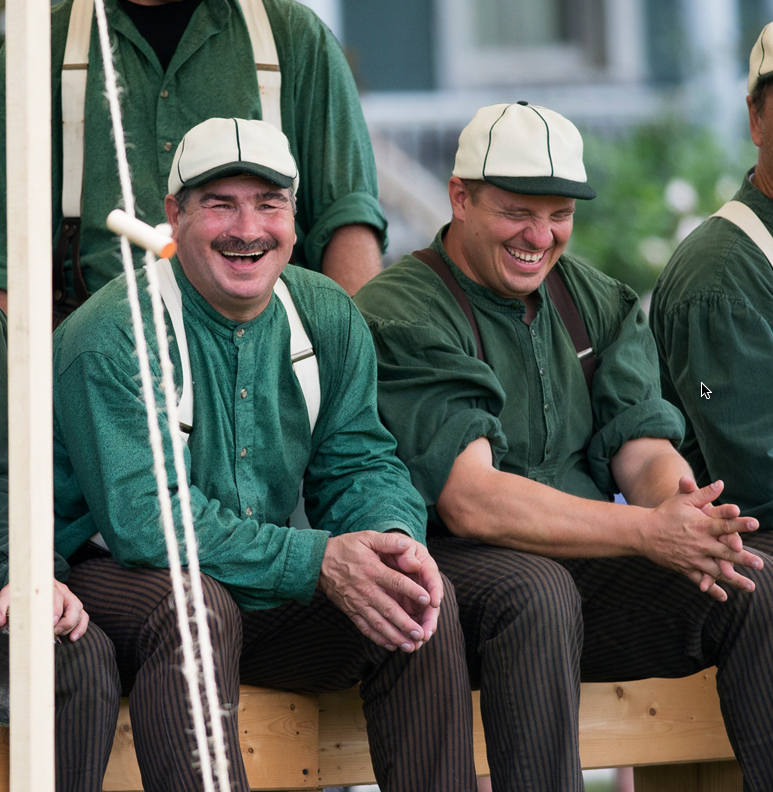Lines and Composition
Here is a wonderful little tidbit on how lines can affect your composition. This was written by Steve Gustafson.
We have talked at length about photography being a form of visual communication. In the same way we learn parts of speech for verbal communication, it is also helpful to understand parts of “visual speech”. Lines are a very powerful means of communication and aid in controlling the viewer’s perception. Understanding what the human eye does when presented with a line will help us use lines in a way that helps tell the story in our photographs.
When you perceive a line in an image, your eye lands somewhere on that line and then follows it in one direction or the other. This natural tendency for the eye to follow a line gives a photographer the ability to influence the movement of a viewer’s eye as you will often hear folks talk about “leading lines”. In short, we have some control over where the viewer looks in the image. Once you understand this principle you will have a tool to aid in visual communication. In the same way voice inflections influence verbal communication, lines are able to guide a viewer’s perceptions in a photograph.
In the image below, notice that the lines in the image are constantly directing your eye back to the number 8. This creates a static position constantly drawing you back to a certain point in the frame of the image. Your eye goes to the subject and then wanders away to perceive other elements such as color and texture. However the presence of the bright chrome lines keeps drawing you back to the main subject.
Your eye naturally desires to travel along a line however, it is uncomfortable for your eye to cross a line. This uncomfortable feeling of visually crossing a line causes tension in the mind of a viewer and and they will resist it. The viewer will tend to see lines as a division of the image into sections. This can work for the photograph as in the image below. The line allows the image to remain cohesive yet defining two parts of the whole.
However, in this next image, the pole holding up the tent divides the image causing an uncomfortable feeling. It seems to have created two groups of people.
The expression and communication of the image would be much clearer by cropping it or cloning out the pole and rope. By cropping the image the pole and rope act as a frame rather than a dividing line.
This ability of lines to separate must be watched for while composing image. Things like trees and poles or even wall edges, will divide an image into halves or sections. Once you understand how lines affect an image you may find that repositioning yourself will save hours of cloning in Photoshop. In a positive way you begin to notice sidewalks or fences that actually lead the eye of the viewer to clearly define the subject of your visual conversation.






